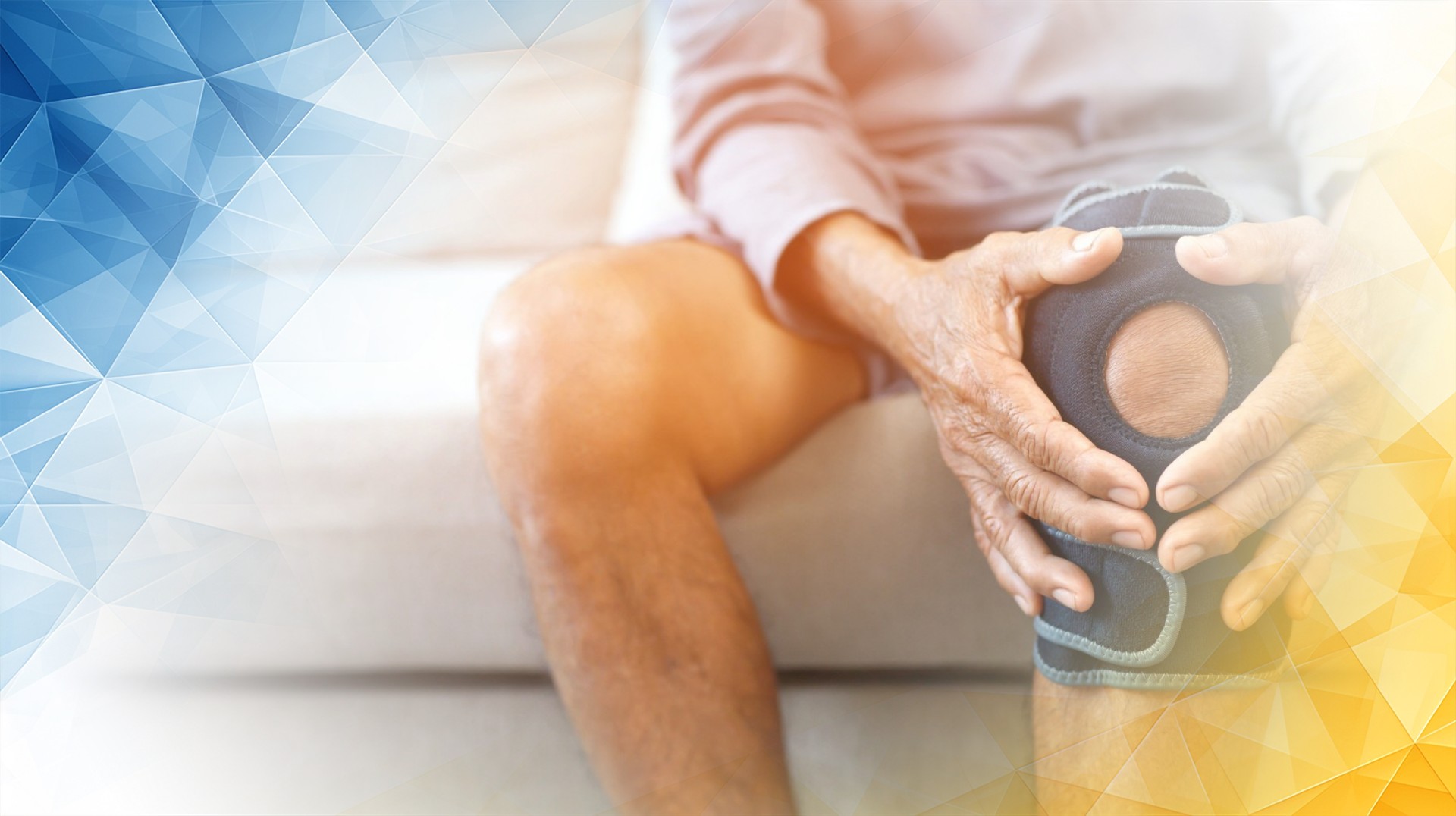



Meniscus repair is a crucial procedure for restoring knee function and protecting long- term joint health . After surgery, however, the recovery journey can feel daunting. Many patients face pain, stiffness, or muscle weakness that can slow their return to daily activities or sports. In the past, rehabilitation mostly involved rest and basic strengthening exercises . Now, new research highlights the benefits of a more targeted approach—one that puts the spotlight on neuromuscular and functional recovery for even better outcomes.
Recent studies have underscored the value of preserving as much of the meniscus as possible and focusing rehabilitation on getting the knee moving naturally again. Today’s best practices encourage patients to actively engage in their recovery. This article explores how innovative rehabilitation can help you regain both strength and confidence—and get you back on your feet more smoothly than ever.
Recent research shows that including neuromuscular and functional exercises in meniscus rehabilitation can make a real difference. But what do these words really mean? Neuromuscular training helps strengthen the connection between your nerves and muscles, so your body can react more quickly and precisely to movement. Functional training involves exercises that mimic the actions you use in everyday life and sports, helping you regain natural movement and balance.
These approaches go beyond simple strengthening. Studies show that programs combining neuromuscular and functional training can lead to faster recoveries, better knee stability , and a lower risk of re-injury—especially when compared to traditional rehab alone. This means your rehab isn’t just about building muscle; it’s about teaching your knee to move smoothly and safely through real-world activities. Experts stress the importance of moving from basic exercises to more challenging, sport-like movements at the right pace to set you up for a successful, long-term recovery.
The first days and weeks after surgery are incredibly important for recovery. Early goals include managing pain and swelling while carefully protecting the repaired meniscus . Gentle movements are introduced soon after surgery to maintain knee flexibility without putting stress on the healing tissue. A gradual approach to putting weight on your leg helps stimulate healing and restore a natural walking pattern.
Pain-reducing techniques like cold therapy and medication can help you move more comfortably at this stage. Striking the right balance between rest and gentle activity is key—too much rest can lead to stiffness and muscle loss , while too much movement can hinder healing. This carefully managed phase lays a solid groundwork for later, more active rehab. Progression is planned thoughtfully, starting with simple, low-impact activities and slowly increasing the challenge over time.
Once your knee has sufficiently healed, rehabilitation shifts focus to dynamic stability and coordination. Neuromuscular exercises help retrain your body to sense your knee’s position and react to movement—boosting your balance and reducing the risk of falls or injury. Examples include balance drills, exercises on unstable surfaces, and movements that challenge your reflexes.
Functional training builds from here, introducing movements that mirror everyday actions or activities related to your hobbies or sports. You might work on single-leg squats, lateral lunges, or agility drills designed to help you move confidently and safely. These exercises start simple and scale up in difficulty as your strength and control improve.
Research confirms that a combination of these exercises not only strengthens muscles but also retrains your nervous system to better protect your knee during unpredictable movements. Open communication between surgeons, therapists, and patients during this period ensures a tailored progression back to activity and sport.
Rehabilitation after meniscus repair has evolved in exciting ways. By focusing on neuromuscular and functional recovery—not just muscle strength—patients can achieve stronger, more stable knees and return to their favorite activities faster. This approach addresses both movement and mind, retraining how the brain and knee work together for lasting protection.
Looking ahead, new technologies like biofeedback tools and wearable devices are making rehabilitation even more effective and personalized. These innovations provide immediate feedback to help patients and therapists fine-tune exercises for the best results. By embracing these advances, we can continue to improve meniscus rehabilitation —helping more people recover fully and return to the activities they love.
Alpar, E. K., & Bilsel, N. (1991). Meniscus repair. Archives of Orthopaedic and Trauma Surgery, 110(2), 112-113. https://doi.org/10.1007/bf00393885
Lee, Y. H. D., & Caborn, D. N. M. (2012). Outside-in meniscus repair. Sports Medicine and Arthroscopy Review, 20(2), 77-85. https://doi.org/10.1097/jsa.0b013e318254966a
Kozlowski, E. J., Barcia, A. M., & Tokish, J. M. (2012). Meniscus repair. Sports Medicine and Arthroscopy Review, 20(2), 121-126.
London Cartilage Clinic is a leader in advanced rehabilitation, offering tailored neuromuscular and functional programmes. Under Prof Lee’s expert guidance, patients benefit from innovative, evidence-based techniques that focus on holistic knee recovery. The clinic emphasises personal attention and uses the latest technology to support each patient’s unique rehabilitation journey.
Prof Lee is highly experienced in orthopaedic care and sports injury recovery. His expertise ensures that every patient receives a customised rehabilitation plan based on the latest scientific research. By integrating both traditional and novel approaches, Prof Lee helps patients regain knee strength and confidence for an optimal long-term outcome.
Neuromuscular exercises focus on improving the communication between nerves and muscles for faster reaction and control. Functional exercises mimic real-life movements to restore balance and coordination. At London Cartilage Clinic, Prof Lee prioritises these approaches, supporting patients in returning to daily activities and sports safely and efficiently.
After surgery, initial rehab at London Cartilage Clinic emphasises pain relief, swelling control, and gentle movement. Gradually, the focus shifts to balance, dynamic stability, and functional exercises tailored to patient goals. Under Prof Lee’s supervision, each phase builds on the last for steady, safe progress towards full recovery.
London Cartilage Clinic embraces advanced technologies including biofeedback and wearable devices to monitor progress and provide real-time feedback during exercises. These innovations, combined with Prof Lee’s personalised care, allow for precise adjustment of rehabilitation strategies, supporting effective, individualised recovery for each patient.
All our treatments are selected to help patients achieve the best possible outcomes and return to the quality of life they deserve. Get in touch if you have any questions.
At London Cartilage Clinic, we are constantly staying up-to-date on the latest treatment options for knee injuries and ongoing knee health issues. As a result, our patients have access to the best equipment, techniques, and expertise in the field, whether it’s for cartilage repair, regeneration, or replacement.
For the best in patient care and cartilage knowledge, contact London Cartilage Clinic today.
At London Cartilage Clinic, our team has spent years gaining an in-depth understanding of human biology and the skills necessary to provide a wide range of cartilage treatments. It’s our mission to administer comprehensive care through innovative solutions targeted at key areas, including cartilage injuries. During an initial consultation, one of our medical professionals will establish which path forward is best for you.
Contact us if you have any questions about the various treatment methods on offer.
Legal & Medical Disclaimer
This article is written by an independent contributor and reflects their own views and experience, not necessarily those of londoncartilage.com. It is provided for general information and education only and does not constitute medical advice, diagnosis, or treatment.
Always seek personalised advice from a qualified healthcare professional before making decisions about your health. londoncartilage.com accepts no responsibility for errors, omissions, third-party content, or any loss, damage, or injury arising from reliance on this material. If you believe this article contains inaccurate or infringing content, please contact us at [email protected].